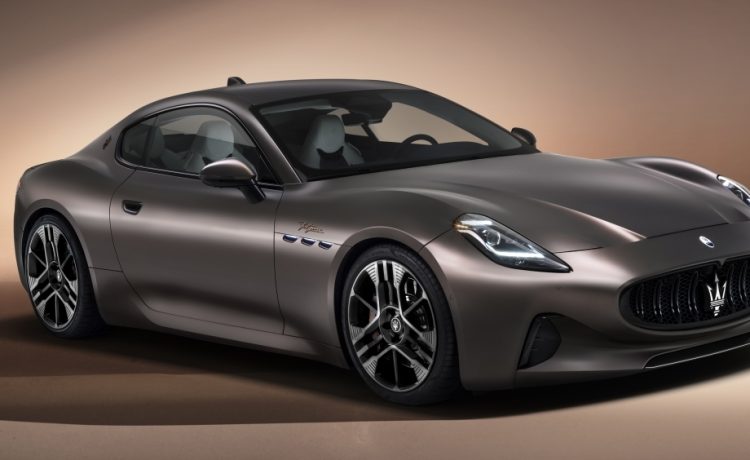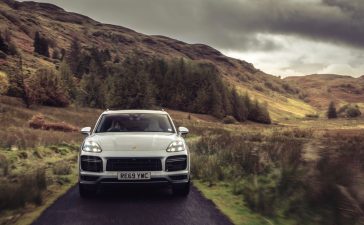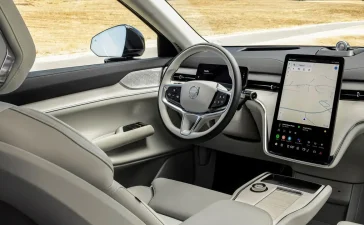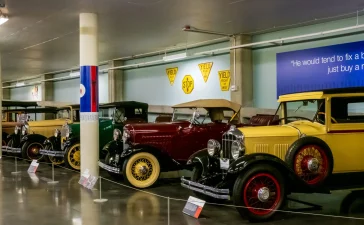For many, cars are far more than tools for transportation—they represent freedom, adventure, and recreation. From classic road trips to modern motorsports, the automobile has become deeply intertwined with leisure culture. Whether cruising down scenic highways, restoring vintage vehicles, or testing limits on a racetrack, autos play a central role in how people around the world choose to relax, explore, and enjoy themselves.
This article explores the connection between automobiles and recreation, examining their cultural impact, evolving trends, and the future of driving as a leisure activity.
The Car as a Symbol of Freedom
Since the early 20th century, the car has symbolized independence. Before the automobile, recreational travel was largely limited to trains, bicycles, or local excursions. With mass production pioneered by Henry Ford, cars became accessible to the average family, unlocking new possibilities for leisure.
Weekend drives to the countryside, family vacations, and cross-country road trips became hallmarks of modern recreation. The car gave individuals the power to chart their own paths, stop wherever they pleased, and immerse themselves in the adventure of the open road. This sense of personal freedom remains at the heart of recreational driving today.
Road Trips: A Timeless Tradition
Few recreational activities are as iconic as the road trip. In North America, iconic routes such as Route 66 embody the romance of long drives across diverse landscapes. In Europe, scenic routes through the Alps or along the Amalfi Coast blend culture, history, and breathtaking views.
Road trips combine spontaneity with exploration, offering travelers the chance to discover hidden gems off the beaten path. They also foster connection—families bond over shared experiences, friends create lasting memories, and solo travelers find freedom in the solitude of the road.
With advances in GPS navigation, digital maps, and connected cars, road trips have become more accessible and safer, yet they retain the nostalgic charm that has captivated drivers for generations.
Motorsports: Recreation Meets Adrenaline
For thrill-seekers, automobiles provide recreation through motorsports. Activities like drag racing, rally driving, karting, and drifting have evolved into both professional sports and recreational hobbies.
Motorsports attract enthusiasts who crave speed, competition, and technical mastery. Amateur drivers can rent track time to experience high-performance driving in controlled environments, while professional circuits like Formula 1 inspire millions of fans worldwide.
The recreational appeal of motorsports also extends beyond the track. Spectators find joy in the energy of live events, the roar of engines, and the camaraderie of shared passion. This community-driven aspect makes motorsports both a personal and collective form of recreation.
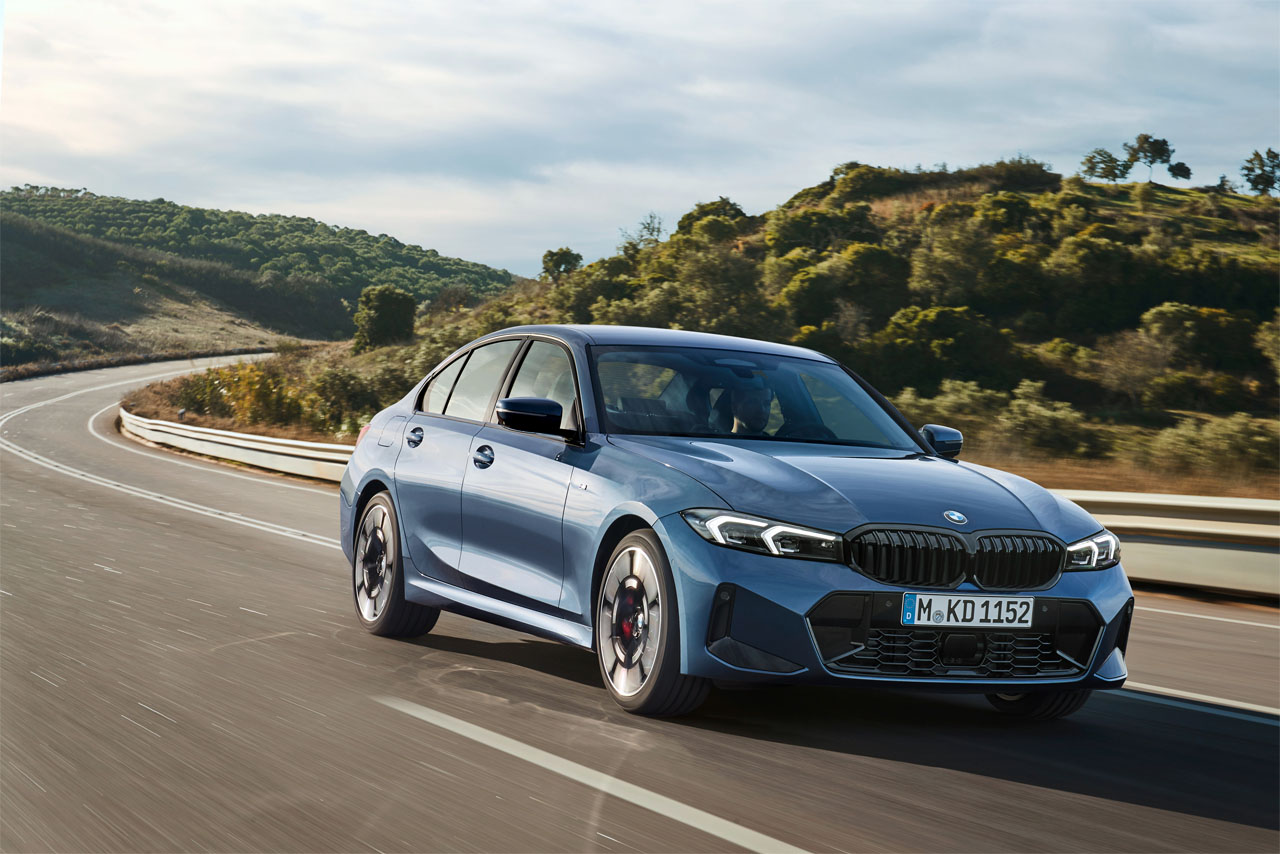
Car Restoration and Collecting
Not all auto-related recreation involves speed. For many enthusiasts, restoring and collecting cars is a fulfilling hobby. Vintage models, muscle cars, and rare classics hold cultural and emotional value, representing both history and craftsmanship.
Restoration requires patience, skill, and creativity—turning an old, forgotten vehicle into a polished showpiece. Car shows and exhibitions bring hobbyists together, showcasing unique models and sparking conversations across generations.
Collectors often describe their cars as more than possessions; they are stories on wheels, each representing a piece of history or a personal milestone. In this sense, auto restoration is as much about recreation as it is about preserving cultural heritage.
Off-Road Adventures
Off-roading has surged in popularity as more people seek outdoor recreation and adventure. Jeeps, trucks, and SUVs equipped for rugged terrain allow drivers to explore forests, deserts, and mountains inaccessible by regular vehicles.
For many, off-roading is not just about driving—it’s about connecting with nature. Families camp in remote areas, groups embark on multi-day trails, and individuals test their vehicles against challenging landscapes.
The growth of overlanding—long-distance off-road travel that combines driving with camping—has become a global trend, blending adventure, recreation, and self-sufficiency. With modern 4x4s and advanced equipment, off-roading has become a safe yet exhilarating way to experience the great outdoors.
Cars in Popular Culture and Social Recreation
Automobiles also serve as hubs of social recreation. From drive-in theaters and car meets to rallies and road clubs, cars bring people together. Enthusiasts gather to share their passion, exchange tips, and celebrate automotive culture.
Pop culture has amplified this recreational role. Movies like Fast & Furious and video games like Gran Turismo or Need for Speed inspire millions to view cars as symbols of excitement and community. Auto-related recreation often extends beyond driving into fashion, music, and lifestyle choices.
Electric Vehicles and the Future of Recreational Driving
As the automotive industry shifts toward sustainability, electric vehicles (EVs) are redefining recreation. Once limited by range and infrastructure, EVs now offer long-distance capabilities, rapid charging, and high-performance models. Brands like Tesla, Rivian, and Lucid have proven that electric cars can be both eco-friendly and fun to drive.
EVs also introduce new recreational possibilities. Their quiet engines enhance scenic drives, while instant torque offers thrilling acceleration for motorsport enthusiasts. Charging stops during road trips are turning into opportunities to explore local attractions, adding a new dimension to the travel experience.
For off-roaders, electric SUVs and trucks are opening doors to cleaner, quieter adventures in nature—reducing the environmental footprint while preserving the spirit of exploration.
Challenges and Changing Perspectives
Despite its recreational appeal, auto-based leisure faces challenges. Rising fuel prices, traffic congestion, and environmental concerns have sparked debates about sustainable recreation. Some cities are restricting car access in urban centers, while younger generations increasingly prioritize public transportation, cycling, or car-sharing over ownership.
Yet recreation adapts. Car clubs now organize eco-friendly events, hybrid motorsports are gaining traction, and classic car enthusiasts are exploring electric conversions to preserve heritage while embracing sustainability. The challenge for the future lies in balancing the joy of driving with environmental responsibility.
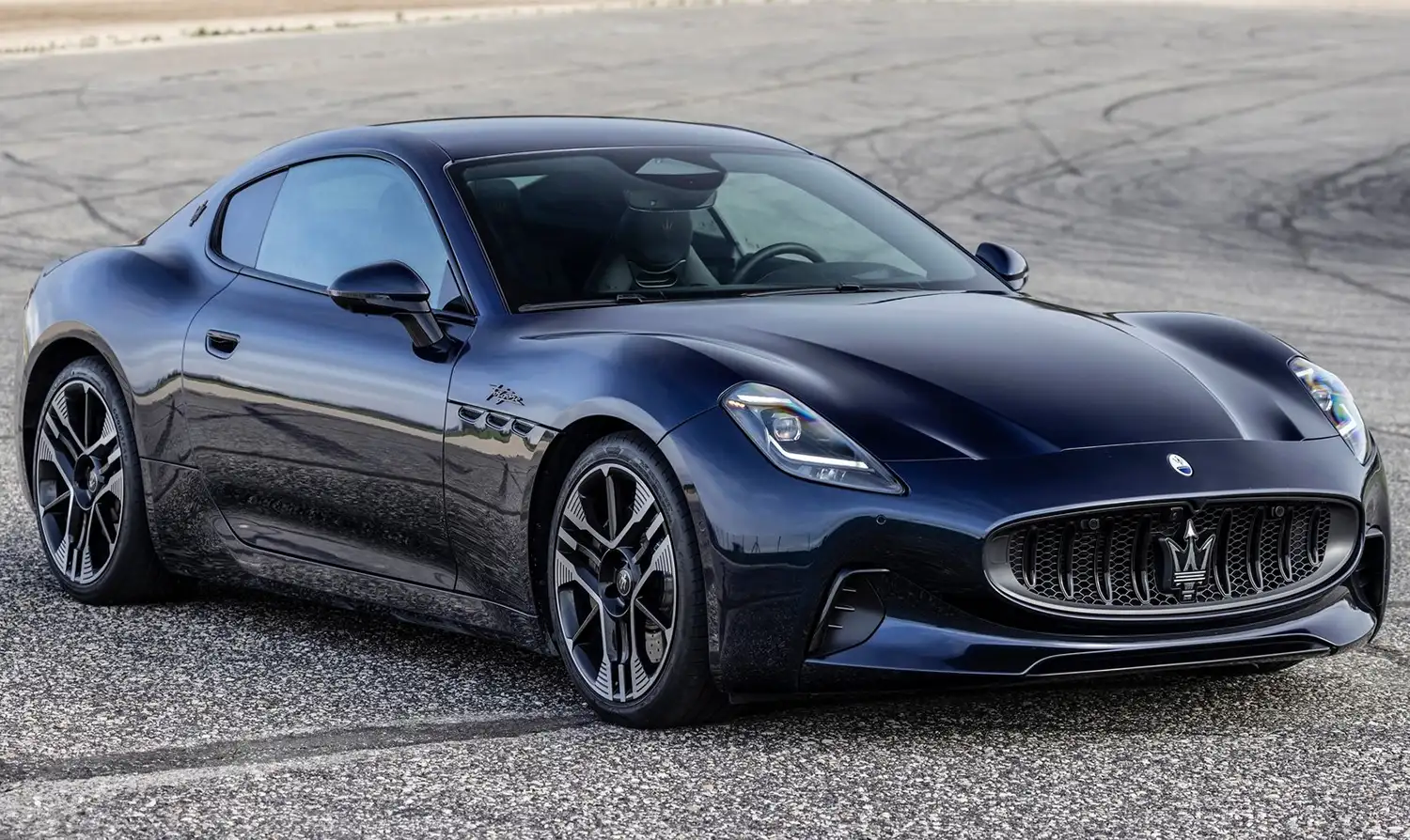
Conclusion
Automobiles hold a unique place in the world of recreation. They are symbols of freedom, tools of adventure, and gateways to culture and community. Whether through road trips, off-road expeditions, motorsports, or car restoration, autos enrich lives by offering excitement, connection, and personal expression.
As technology evolves, recreational driving is entering a new chapter. Electric vehicles, digital tools, and sustainable practices are reshaping how people enjoy cars. Yet the essence remains unchanged: the thrill of the open road, the bond between driver and machine, and the sense of discovery that comes with every journey.
In the end, cars are more than machines—they are companions in our pursuit of recreation, adventure, and meaning. The road ahead is not just about where we go, but how we experience the journey.

